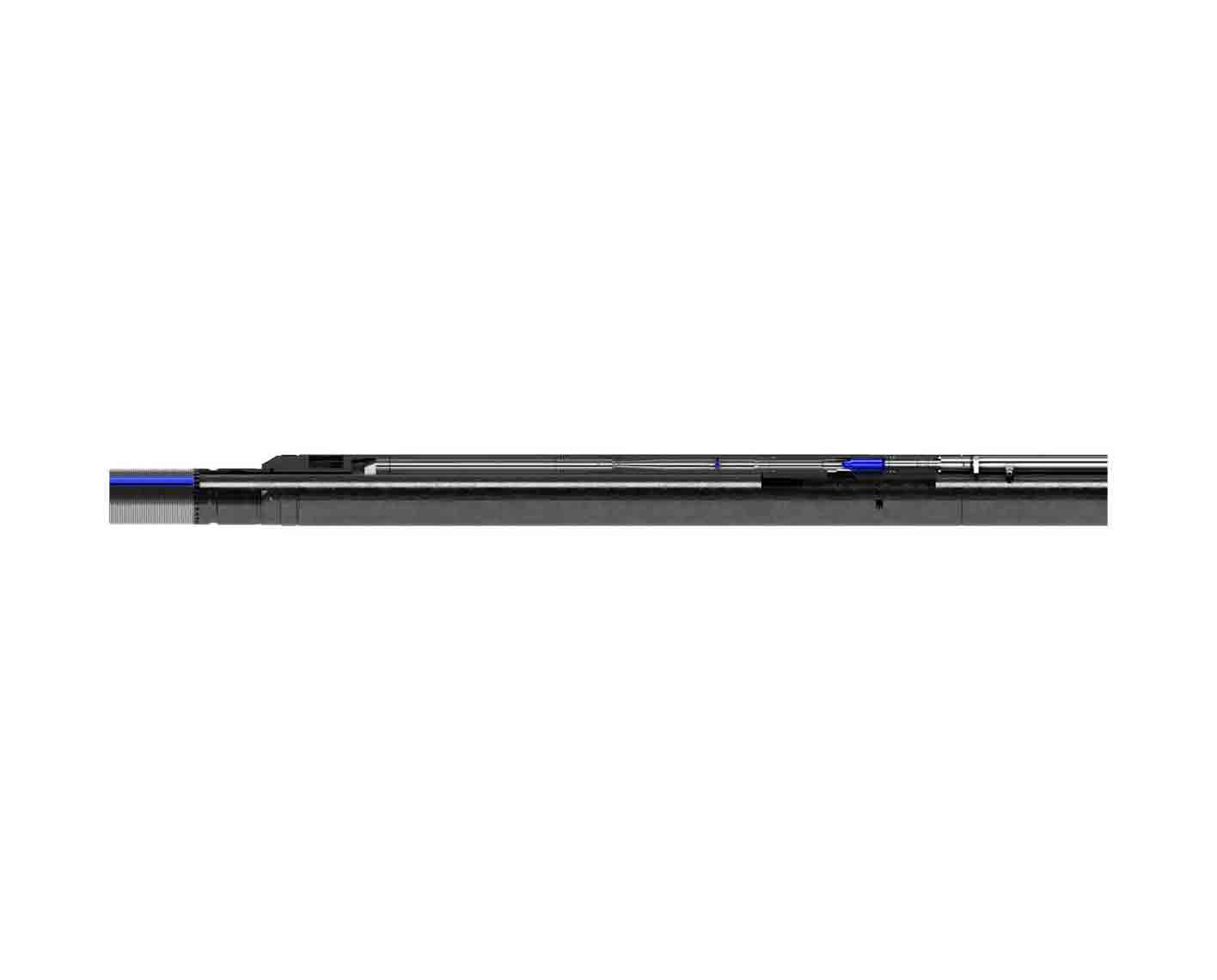Intellitite
Downhole dual-seal dry-mate connector
Improve downhole monitoring and intelligent completion system reliability, even in challenging environments.

Manage your reservoir more efficiently to improve recovery with Manara™ first-generation electric interval control valves (ICVs) equipped with sensors. Now you can benefit from downhole permanent monitoring and in-lateral flow control of multiple zones and compartments in real time—even in multilateral wells. Informed field development strategies for optimizing production and recovery can thus be devised and implemented.
Control an unprecedented number of zones and compartments with full production information from each to enable unmatched production and reservoir management in heterogeneous or multilayered reservoirs, extended-reach developments, multilateral wells, and extreme reservoir contact (ERC) wells.
Monitor and manage flow in long wells without complicated completions or intervention.
Control flow from each compartment in each lateral, individually.
Each Manara ICV is equipped with in situ sensors that measure water holdup, fluid flow rate, pressure, and temperature at the formation face. A single electric control line connects each ICV to the next and the entire system to the surface, minimizing connection points and splices, simplifying installation, and increasing reliability.
The downhole measurements enable identifying the amount of oil, water, and gas being produced in each zone. This information empowers you to delay or prevent water and gas breakthrough by using the ICV, which is equipped with a continuous choke; hydrocarbon zones above and below the closed zone continue producing.
You can observe zonal fluctuations as they occur and make immediate flow adjustments based on recommendations from production optimization software. The valve reacts instantly to surface commands. Measurements made by the in situ sensors enable you to dial in a target production rate for each zone instead of cycling a valve to predetermined choke settings.
Upstream placement of valve sensors enables transient analysis of the zone without affecting other zones, enhancing reservoir and production knowledge and optimizing drainage across the reservoir.
Power and data are transmitted wirelessly across junctions via inductive couplers. The coupler enables simultaneous monitoring and control of multiple zones across junctions.
The inductive coupler connects between the lower and upper completions. Eliminating the control line across the junction enables running in the lower completion on drillpipe. The pipe can be pushed, pulled, and rotated to overcome friction and reach target depth in extended-reach wells without fear of damaging control lines, removing any restrictions on the length of the wellbore. Subsequently, the upper completion is installed, and the coupler establishes electrical connection between the two.
The inductive coupler also enables disconnecting and reconnecting completion stages multiple times. The debris-tolerant stab-in mechanism facilitates upper completion tubing changeout, ESP replacement, and other remedial operations, with no need to remove the lower completion or compromise its integrity.
SLB has 40 years of experience with permanent downhole gauges and an electronics survival rate of 99% across 10 years, hence the risk is very low. Key components have built-in redundancy, and failure of one sensor or board does not propagate to the rest of the system.
We have deployed six zones in a trilateral well at up to 14,000-ft MD [4,267-m MD] and five zones (with six Manara ICVs) at up to 33,533 ft [10,220 m] in an extended-reach well. Simulation modeling is recommended for more than four zones, >15,000-ft MD [>4,570-m MD], and subsea installations. Advanced system modeling capabilities are available.